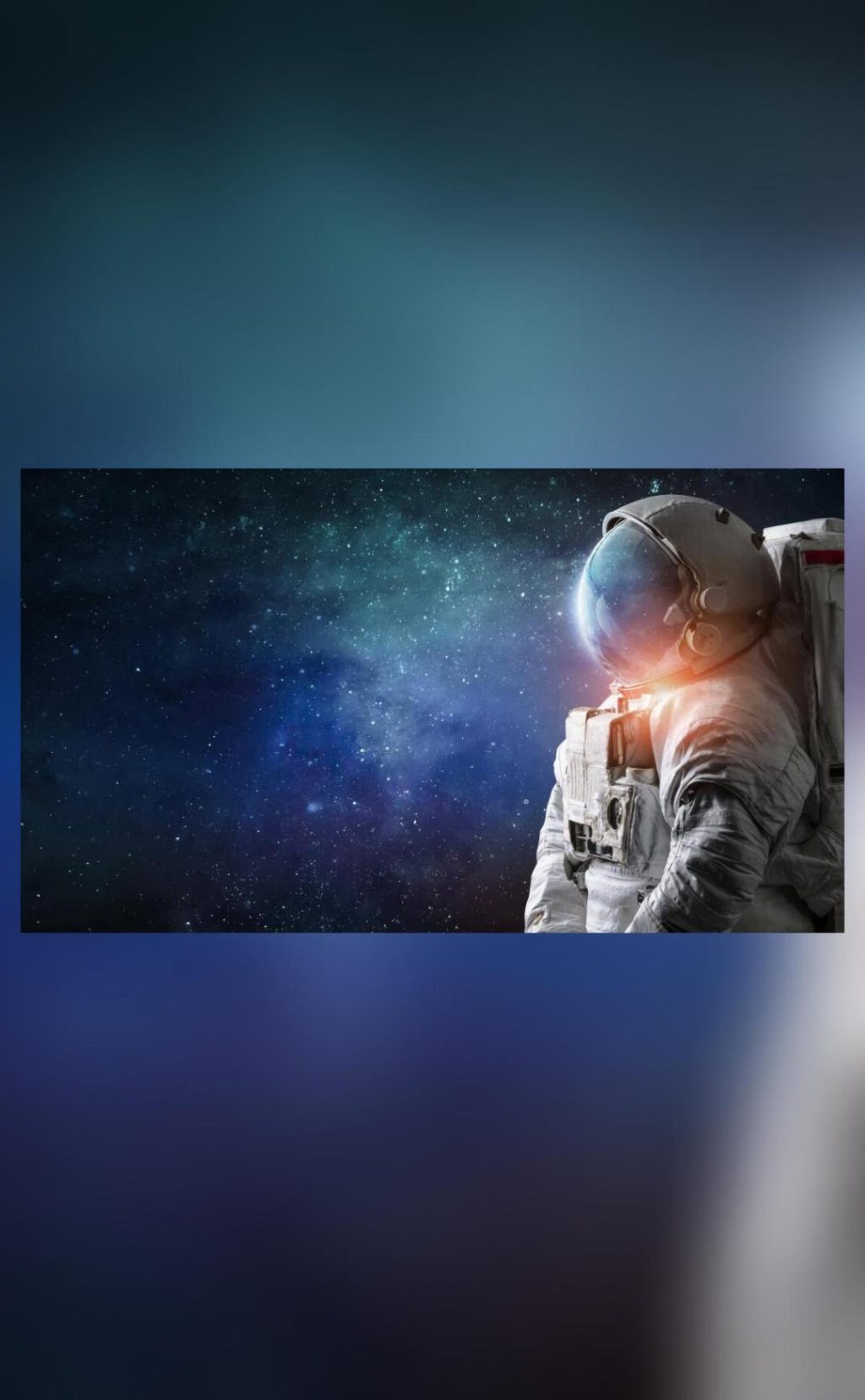
Google & NASA Create AI Medical Assistant for Mars Missions
In a groundbreaking collaboration, NASA and Google have developed an artificial intelligence (AI) medical assistant designed to keep astronauts healthy during Mars missions and other space expeditions. The innovative technology, known as the Crew Medical Officer Digital Assistant (CMO-DA), is a multimodal system that processes speech, text, and images to provide accurate medical diagnoses and treatments.
The CMO-DA is a significant milestone in the development of AI-powered medical care in space, where medical professionals are often distant from patients and resources are limited. This cutting-edge technology has the potential to revolutionize the way astronauts receive medical care during long-duration space missions, ensuring their health and well-being in the harsh environment of space.
How CMO-DA Works
The CMO-DA is built on Google Cloud’s Vertex AI platform, a robust and scalable infrastructure that enables the analysis of vast amounts of data. The system is designed to mimic the role of a medical officer, providing diagnostic support and treatment guidance to astronauts in real-time.
When an astronaut experiences symptoms or injury, they can interact with the CMO-DA through a variety of interfaces, including voice commands, text-based conversations, or even visual inputs such as images and videos. The AI system then processes this information to identify the potential cause of the issue and provide a diagnosis.
Diagnostic Accuracy
In trials, the CMO-DA demonstrated impressive diagnostic accuracy rates. In tests involving ankle injuries, the system correctly identified the condition 88% of the time. For ear pain, the accuracy rate was 80%. These results are a testament to the power of AI in medical diagnosis, particularly in situations where human medical professionals are not readily available.
Benefits for Astronauts
The CMO-DA offers several benefits for astronauts, including:
- Faster Diagnosis: With the CMO-DA, astronauts can receive a diagnosis and treatment plan more quickly, reducing the risk of delayed or inadequate treatment.
- Improved Health Outcomes: By providing accurate and timely diagnoses, the CMO-DA can help prevent complications and improve overall health outcomes for astronauts.
- Enhanced Patient-Centered Care: The system’s multimodal interface allows astronauts to interact with the CMO-DA in a way that feels natural and comfortable, enhancing their overall experience and reducing stress.
Challenges and Opportunities
While the CMO-DA is a significant achievement, there are still challenges to overcome before it can be deployed on Mars missions. These include:
- Data Quality: Ensuring the accuracy and quality of the data used to train the CMO-DA is crucial. NASA and Google are working to develop robust data collection and annotation processes to support the system’s development.
- Interoperability: The CMO-DA must be able to integrate with existing medical equipment and systems on the International Space Station and future Mars missions. This requires careful consideration of interoperability and data exchange standards.
- Redundancy and Backup: Any medical system deployed in space must be designed with redundancy and backup systems to ensure continuity of care in the event of a failure.
Despite these challenges, the potential benefits of the CMO-DA are substantial. As NASA and Google continue to develop and refine the technology, we can expect to see significant improvements in the health and well-being of astronauts on Mars missions and beyond.
Conclusion
The CMO-DA is a groundbreaking AI medical assistant that has the potential to revolutionize medical care in space. By providing accurate and timely diagnoses, the system can help ensure the health and well-being of astronauts on Mars missions and other long-duration space expeditions. As NASA and Google continue to develop and refine the technology, we can expect to see significant advances in the field of AI-powered medical care in space.
News Source:






